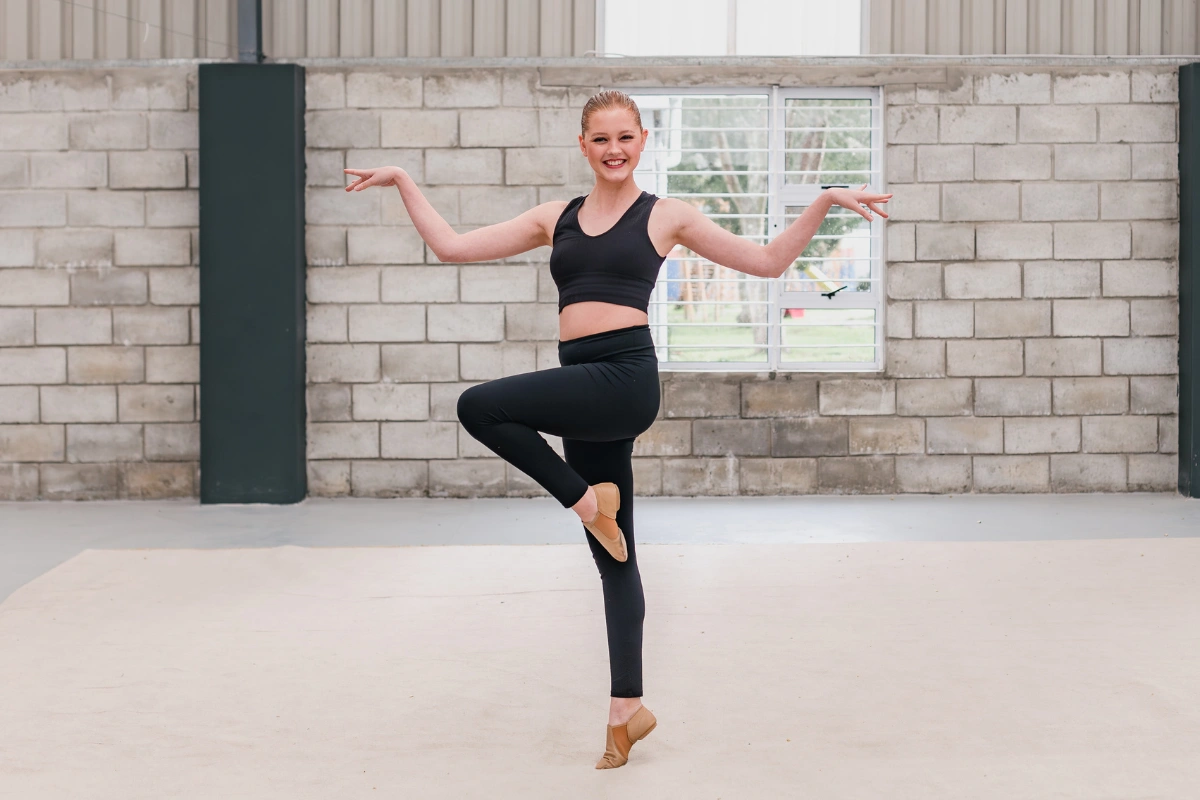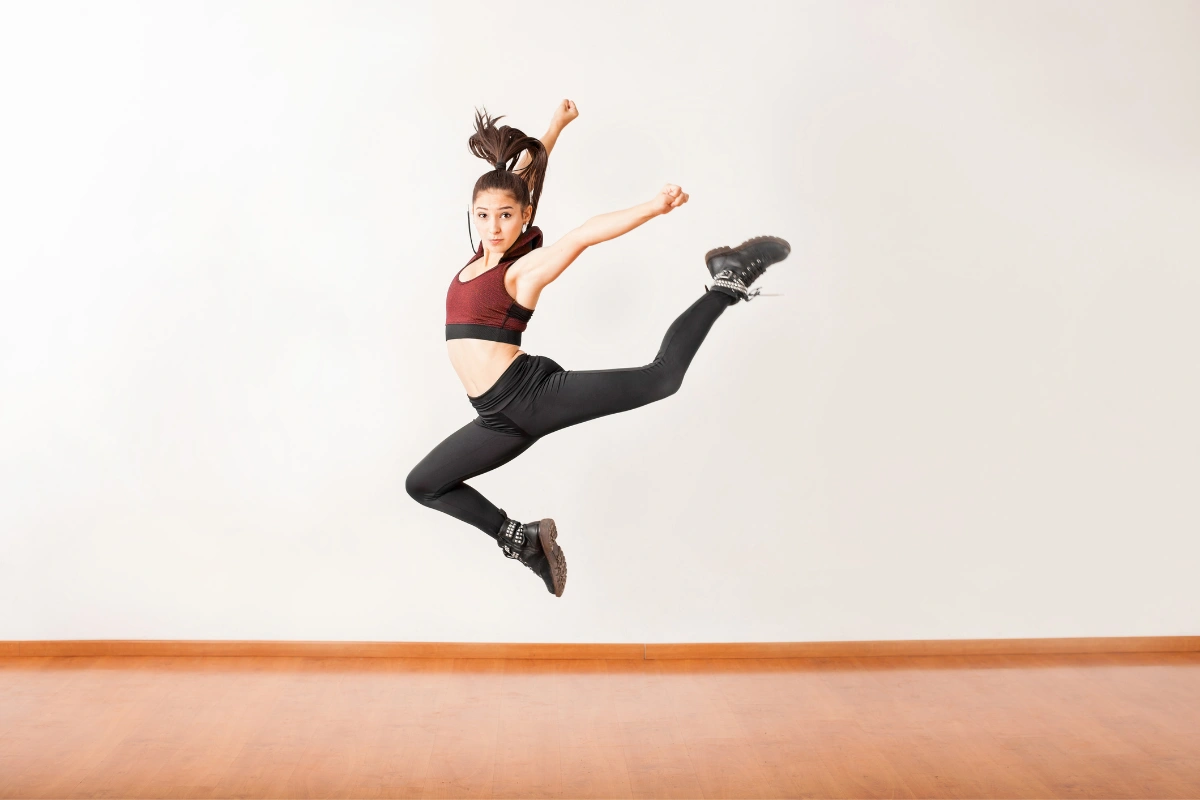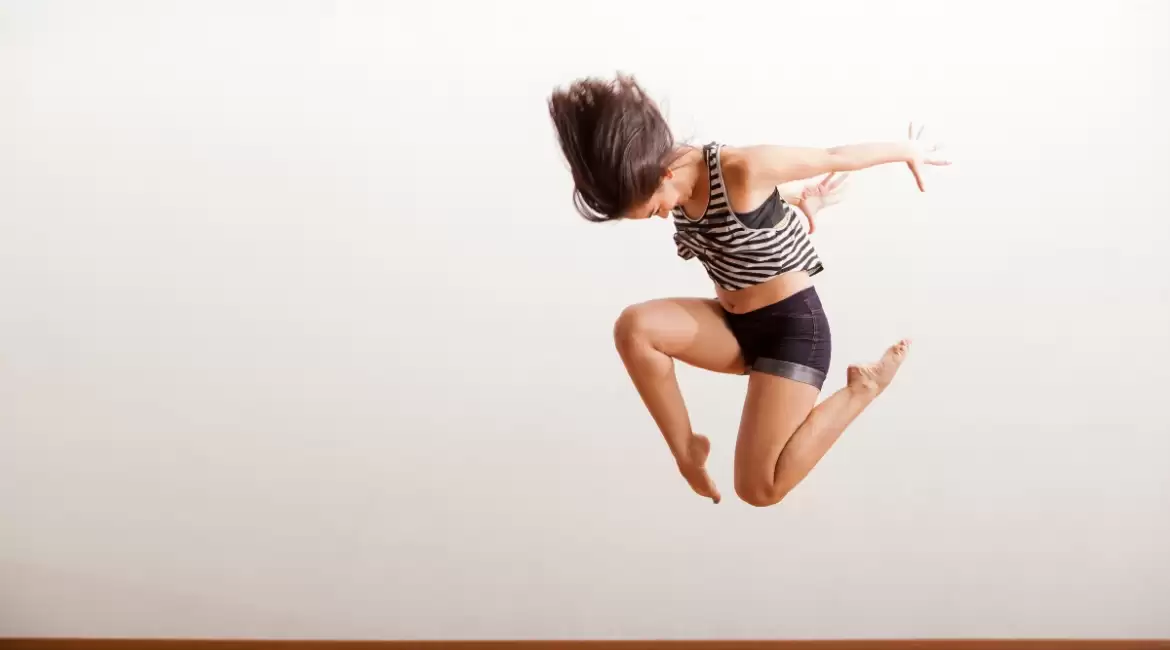Jazz dance is a vibrant and dynamic art form that has captivated audiences and dancers alike for decades. From its roots in African American culture to its contemporary expressions in musicals, television, and dance competitions, jazz dance is a unique blend of rhythm, style, and creativity. Whether you’re a seasoned performer or a newcomer, understanding the essence of jazz dance can enhance your appreciation and skill in this electrifying dance genre.
The Ubiquity of Jazz Dance
Whether you know it or not, jazz dance permeates various aspects of popular culture. You can find it in television shows, blockbuster movies, high-energy music videos, and captivating commercials. Audiences are drawn to jazz dancers for their exhilarating movements, engaging performances, and the infectious energy that jazz dance exudes. This genre allows for a high level of personal expression, enabling dancers to showcase their individuality and creativity through their interpretations of jazz techniques.
Understanding Jazz Dance: A Creative Expression
Jazz dance is not just a series of steps; it is an art form that emphasizes a dancer’s originality and personal style. Each dancer brings their interpretation to the movements, resulting in a rich tapestry of performances that vary from one dancer to another. Jazz incorporates a variety of elements, including intricate footwork, impressive leaps, and rapid turns, making it a visually captivating experience for both dancers and audiences.
A solid foundation in ballet is often recommended for aspiring jazz dancers. Ballet techniques promote balance, control, and fluidity, which are essential for executing jazz movements with grace. The combination of jazz and ballet creates a unique synergy that enhances a dancer’s performance capabilities, allowing for a more dynamic stage presence.
Dressing for Success: Jazz Dance Attire
When preparing for a jazz dance class, choosing the right clothing is crucial. Dancers need attire that allows freedom of movement while also providing visibility of the body’s lines. Baggy clothes are typically discouraged, as they can obscure the dancer’s form and make it challenging to assess technique. Instead, opt for fitted clothing that showcases the body’s movement and allows for comfort.
Many jazz dancers choose to wear dance pants, often in boot-cut or flared styles, to facilitate ankle movement without restriction. Tops may include form-fitting tank tops, T-shirts, or leotards, all of which contribute to a dancer’s comfort and performance. It’s advisable to consult your instructor regarding preferred footwear, as different teachers may have varying requirements for jazz shoes.

The Structure of a Jazz Dance Class
Attending your first jazz dance class can be an exhilarating experience. Expect to immerse yourself in an environment filled with energy and enthusiasm. Jazz classes often feature a diverse range of musical styles, from hip-hop beats to classic show tunes, creating an uplifting atmosphere that encourages movement and expression.
Typically, a jazz class begins with a thorough warm-up to prepare the body for the physical demands of dancing. This is followed by stretching exercises and isolation movements, where dancers focus on moving specific parts of their body while keeping others still. Isolation techniques are vital in jazz dance, as they allow for greater fluidity and expression in movement.
Another key component of jazz dance is the concept of suspension, which involves transitioning smoothly through various positions rather than pausing abruptly. Most classes conclude with a cool-down period to help prevent muscle soreness and promote recovery, ensuring dancers leave feeling refreshed and ready to return for more.
Learning Jazz Steps: The Core of the Dance
In jazz dance, the diversity of steps is both exciting and challenging. As you progress in your classes, your instructor will introduce you to various foundational steps, each offering an opportunity for personal flair. While learning these steps, dancers are encouraged to infuse their unique personality into every movement, allowing for a truly individualistic performance.
Key steps in jazz dance include:
- Turns: Jazz dancers practice a range of turns, such as chaines, piques, pirouettes, and jazz turns, all of which add dynamism and flair to performances.
- Leaps: Grande jetes, turning jumps, and tour jetes are popular leaps that showcase a dancer’s strength and grace. Each leap tells a story and adds excitement to routines.
- Jazz Walks: The jazz walk is a signature movement that can be performed in various styles, allowing dancers to express their character and mood.
- Contractions: This movement involves curving the torso and pulling the pelvis forward, creating a dramatic visual effect that is emblematic of jazz dance.
- Jazz Squares and Leg Holds: These foundational movements are essential for developing a comprehensive understanding of jazz dance and its techniques.
Mastering jazz dance techniques requires practice and dedication. As dancers continue to hone their skills, they unlock new possibilities for self-expression and artistry.
Influential Figures in Jazz Dance History
The evolution of jazz dance has been shaped by numerous influential dancers and choreographers. Their contributions have left an indelible mark on the dance form we know today.
Jack Cole: The Father of Theatrical Jazz Dance
Jack Cole is often hailed as the father of theatrical jazz dance. His innovative techniques and choreography laid the groundwork for jazz dance as we recognize it today. Cole’s style emphasized isolations, rapid directional changes, and angled placements, which added complexity and depth to performances. His work in musicals, films, and commercials has inspired countless dancers and choreographers to explore the dynamic possibilities of jazz.
Bob Fosse: A Choreographic Visionary
Bob Fosse was a legendary musical theater choreographer and director, known for his distinctive and innovative style. His contributions to jazz dance are marked by inward knees, rounded shoulders, and full-body isolations, creating a unique aesthetic that captivated audiences. Fosse’s work garnered him eight Tony Awards and influenced a generation of dancers and choreographers. His signature moves continue to be a staple in jazz dance classes around the world.
Gus Giordano: A Pioneer of Modern Jazz Dance
Gus Giordano is often considered one of the founding figures of jazz dance. A master teacher and gifted choreographer, Giordano developed techniques that have profoundly influenced modern jazz dancing. His emphasis on the importance of body alignment and the incorporation of contemporary elements into jazz has become a standard in jazz dance education. Many jazz instructors incorporate Giordano’s methods into their teachings, ensuring his legacy lives on in dance studios everywhere.

The Impact of Jazz Dance on Modern Culture
Jazz dance has transcended its roots to become a global phenomenon, influencing various artistic forms and cultural expressions. From Broadway shows to international dance competitions, jazz dance continues to evolve, reflecting contemporary trends and themes. The infectious rhythms and dynamic movements of jazz have captured the hearts of audiences worldwide, making it a favorite genre for both performers and spectators.
The Role of Jazz Dance in Dance Competitions
Dance competitions have become a popular avenue for showcasing talent and creativity in jazz dance. These events allow dancers to express their individuality while competing for recognition and awards. The competitive environment encourages dancers to push their boundaries, experiment with new styles, and refine their techniques. This spirit of innovation is what keeps jazz dance alive and thriving, as performers continually seek to evolve their craft.
Jazz Dance in Pop Culture
Jazz dance has left an undeniable mark on pop culture, with its influence evident in movies, music videos, and television shows. Iconic films like Chicago, Cabaret, and West Side Story have brought jazz dance to the forefront of mainstream entertainment, showcasing its artistry and emotional depth. Additionally, reality dance shows have popularized jazz dance styles, inspiring a new generation of dancers to explore this vibrant art form.
Conclusion: The Ever-Evolving Journey of Jazz Dance
As you embark on your journey into the world of jazz dance, remember that it is an art form rich in history, creativity, and self-expression. With each step you take in class, you not only learn a series of movements but also engage in a broader cultural narrative that has shaped the dance landscape over the years. Whether you are inspired by the iconic figures of jazz dance or simply enjoy the thrill of movement, this genre invites you to discover your unique voice and style.
As you immerse yourself in jazz dance, embrace the challenge of mastering new techniques, learning about influential dancers, and discovering the power of self-expression. Each class is an opportunity to grow, evolve, and connect with the vibrant community of jazz dancers. Your journey in jazz dance is just beginning, and the possibilities are endless.


Leave a reply